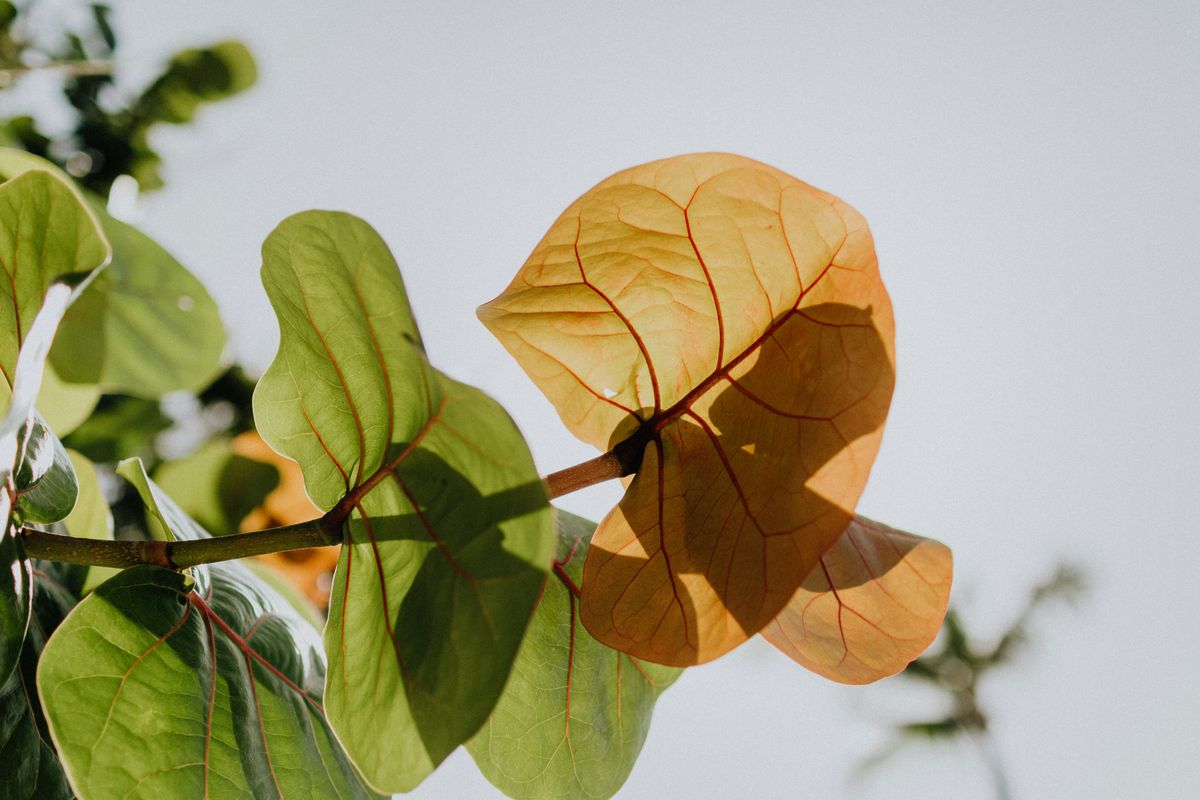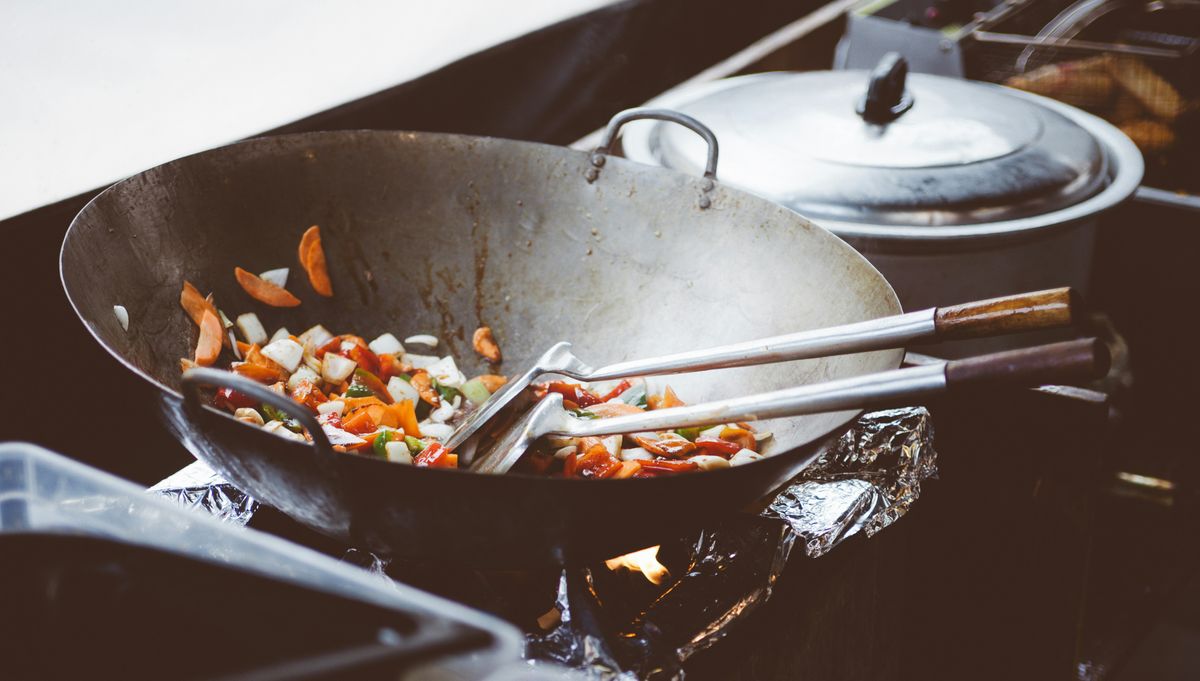Dwarf Ixora plants are a delightful addition to small gardens, bringing vibrant colors and compact beauty. To ensure the health and vitality of your Dwarf Ixora, it’s important to understand the key aspects of caring for them. From choosing the right spot to dealing with common pests and diseases, here are some essential tips to help you maintain these lovely plants in your garden.
Key Takeaways
- Choose a spot with the right balance of sunshine and shade for your Dwarf Ixora.
- Ensure the soil quality is well-draining and rich in nutrients for optimal growth.
- Proper spacing and selecting companion plants can enhance the beauty of your Dwarf Ixora.
- Maintain consistent hydration and use appropriate fertilizers to keep your plants healthy.
- Regular pruning and shaping will help your Dwarf Ixora maintain its form and beauty.
Choosing the Right Spot for Your Dwarf Ixora

Sunshine and Shade
Dwarf Ixora, with its vibrant blooms, is a real sun worshipper. To keep those flowers coming, place your plant where it’ll bask in full morning sun. But remember, just like us, it appreciates a little afternoon shade to avoid sunburn. Think of it as the plant’s version of a siesta!
Here’s a quick sunshine guide for your Dwarf Ixora:
- Full morning sun is a must.
- Light afternoon shade keeps it happy.
- Always protect from temperatures below 50 degrees Fahrenheit.
When pairing with other plants, consider companions like the Clusia hedge. These beauties love the sun just as much and can help create a microclimate that’s just right for your Ixora. Plus, they make for a stunning privacy screen, adding both beauty and resilience to your garden.
Soil Quality
Getting the soil right is crucial for your dwarf Ixora to thrive. These beauties need well-draining soil to prevent root rot, which can be a real party pooper for your garden vibes. But don’t sweat it; achieving the perfect mix is easier than you think.
Start with a base of good quality potting soil and consider adding some sand or perlite to improve drainage. Remember, Ixora plants are like that friend who hates soggy fries—they can’t stand waterlogged roots. Here’s a quick checklist to ensure your soil is on point:
- Well-draining potting mix
- Add sand or perlite for extra drainage
- Check soil pH – slightly acidic to neutral is ideal
Keep an eye on the soil moisture with a simple finger test. If the top inch feels dry, it’s time to water. Stick to this routine, and your Ixora will be throwing out blooms like it’s Mardi Gras!
Spacing and Companion Plants
When it comes to planting your Dwarf Ixora, spacing is key. These little beauties like their personal space, so aim for about 12 to 18 inches between plants. This ensures they have enough room to flourish without competing for nutrients.
Companion planting can be a game-changer for your Dwarf Ixora. Consider pairing them with plants that have similar sunlight and water needs. For instance, placing them near ‘Ixora Maui Red’ can create a stunning visual impact while maintaining a harmonious growth environment. Remember, Ixora plants require bright, indirect sunlight, so choose companions that won’t cast too much shade.
Here’s a quick list of potential companions for your Dwarf Ixora:
- Crotons for a pop of color
- Ferns for a contrasting texture
- Ornamental grasses for a backdrop
Lastly, don’t forget to enhance your landscaping with practical yet decorative elements. A DIY rock downspout basin, for example, can be both functional and aesthetically pleasing, adding an extra touch of charm to your garden setup.
Watering and Feeding Tips

Hydration Hacks
Keeping your Dwarf Ixora properly hydrated is crucial, especially during the warmer months. Water deeply but infrequently to encourage strong root growth. Overwatering can be just as harmful as drought, so it’s important to get the balance right.
Here’s a quick guide to help you out:
- Check the soil moisture before watering. Stick your finger about an inch into the ground; if it feels dry, it’s time to water.
- Water early in the morning or late in the evening to reduce evaporation.
- Use mulch around the base to help retain moisture.
- During extreme heat, consider watering twice a week.
Remember, the needs of your Dwarf Ixora can vary based on the local climate and soil conditions. Always adjust your watering schedule according to the plant’s response and the weather forecast.
Fertilizer Facts
Feeding your dwarf Ixora isn’t just about dumping any old fertilizer at the base and hoping for the best. It’s about understanding the specific needs of your plant and matching those with the right nutrients. For instance, a balanced fertilizer with an N-P-K ratio of 8-4-8 is ideal for promoting lush foliage and vibrant blooms.
Here’s a quick breakdown of a popular fertilizer choice:
| Fertilizer Formula | Longevity (weeks) | N-P-K Ratio | Organic |
|---|---|---|---|
| Non-Organic | 8 | 8-4-8 | Synthetic |
Remember, the frequency of fertilization matters too. During the growing season, you’ll want to feed your Ixora every 6 to 8 weeks. But ease up during the cooler months when growth slows down. And always, always water your plant after applying fertilizer to help distribute the nutrients and prevent root burn.
Seasonal Care
As the seasons turn, your dwarf Ixora’s needs shift too. In the summer, when it’s flower bloom time, these sun-loving shrubs can handle the heat, but they’ll need a bit more TLC to stay vibrant. Avoid direct sunlight during the peak afternoon hours to prevent scorching. Instead, aim for dappled shade, especially in regions with intense summer sun.
Come fall, it’s time to ease up on the watering. Your Ixora won’t be as thirsty as the temperatures drop. Here’s a quick rundown of seasonal watering guidelines:
- Spring: Steady watering as new growth appears
- Summer: Increase frequency but avoid waterlogging
- Fall: Reduce watering as growth slows
- Winter: Water sparingly; the plant is dormant
Remember, these are just guidelines. Always check the soil moisture before watering—your Ixora’s roots hate soggy feet! And don’t forget, a little extra care during seasonal transitions can keep your dwarf Ixora looking its best.
Pruning and Shaping Techniques

Trimming Tricks
Getting your dwarf Ixora to look just right involves a bit of a trim now and then. Start with sterilized shears to prevent the spread of disease. Snip away any dead or diseased branches first to keep your plant healthy and happy.
When it comes to shaping, think of it as giving your plant a haircut. You want to encourage growth where it counts, so focus on cutting back overgrown areas and thinning out dense spots. Here’s a quick guide on what to cut:
- Dead or damaged branches: Remove these first to declutter your plant’s appearance.
- Overgrown branches: Trim these back to maintain the plant’s compact shape.
- Inner branches: Thin these out to improve air circulation.
Remember, the best time to wield those shears is after the blooming cycle when the plant is less active. This way, you’re less likely to snip off potential blooms. And don’t go overboard—less is often more when it comes to pruning.
Training Tips
Getting your Dwarf Ixora to grow in just the right shape can be a bit like sculpting with greenery. Start with the basics and remember that patience is key. Begin by selecting a few main branches to form the framework of your plant’s shape.
Next, you’ll want to guide the growth of these branches by gently tying them to stakes or using soft plant ties. This is especially important if you’re aiming for a specific form or if your Ixora is part of a larger garden design. Think of it as expanding your social circle in the plant world; you’re introducing your Ixora to some supports that will help it grow in the right direction.
Here’s a quick checklist to keep you on track:
- Select main branches for the desired shape
- Use soft ties or stakes to guide growth
- Regularly adjust ties as the plant grows
- Trim any offshoots that stray from the form
Remember, the goal isn’t to force the plant into an unnatural shape, but to encourage it to fill out evenly and maintain the compact form that makes it such a great fit for small gardens. And just like finding the right spot for your plant, it’s all about the right balance—too much sun or shade can impact how your Ixora grows. Keep an eye on how different conditions in your garden affect its training.
Maintaining Form
Keeping your Dwarf Ixora in tip-top shape isn’t just about the occasional trim; it’s about regular attention to its form and health. Regularly inspect your plant for any irregular growth or signs of distress. This way, you can catch any issues early and keep your Ixora looking its best.
When it comes to maintaining the form of your Dwarf Ixora, timing is everything. Prune lightly after flowering to encourage a bushier growth and more blooms. It’s also a good idea to deadhead spent flowers to promote a longer blooming period. Here’s a quick guide on when to perform these tasks:
- Spring: Assess the plant’s shape and prune as necessary.
- Summer: Deadhead regularly to encourage continuous blooming.
- Fall: Prepare the plant for winter by removing any weak or dead branches.
- Winter: Minimize pruning to allow the plant to rest.
Remember, a happy Ixora is one that’s well taken care of, so don’t neglect the little things. Keep the soil consistently moist but not soggy, and ensure it gets 8 to 10 hours of sunlight a day. With these simple steps, your Dwarf Ixora will remain a vibrant centerpiece in your small garden.
Dealing with Common Pests and Diseases

Bug Battle Plan
When your Dwarf Ixora starts to look a little lackluster, it might be more than just a bad leaf day. Keep an eye out for uninvited guests munching on your mini shrubs. Here’s a quick rundown on how to send those pests packing:
- Identify the critters: Are you dealing with aphids, spider mites, or mealybugs? Each one requires a different eviction strategy.
- Natural predators: Ladybugs are like the bouncers of the garden world. Invite them in to take care of aphid issues.
- Insecticidal soaps: Safe for plants and pets, these soaps can help control a variety of pests.
Remember, yellow leaves can be the plant’s cry for help, signaling a pest problem. And if you’re dealing with a serious infestation, it might be time to bring out the big guns. Products like Infuse Systemic Disease Control can be a game-changer, but always follow the label instructions to the letter.
Fungal Foes
Fungal foes can be a real headache for Dwarf Ixora enthusiasts. Preventing fungal infections is crucial, as they can quickly escalate from a minor nuisance to a major threat to your plant’s health. One common sign of trouble is when the vibrant leaves of your Ixora start to look less than lively, indicating potential fungal issues.
To combat these unwanted guests, it’s important to ensure good airflow and avoid waterlogged conditions. Here’s a quick guide to keeping your Dwarf Ixora happy and fungus-free:
- Spotting Trouble: Keep an eye out for early signs of fungal infection, such as discolored leaves or a mushy texture.
- Airflow is Key: Make sure your plant has plenty of space around it to promote air circulation.
- Drainage Matters: Use well-draining soil and pots with drainage holes to prevent excess moisture.
Remember, regular inspection and maintenance can save your Ixora from a fungal takeover. By staying vigilant and providing the right care, you can enjoy a healthy, flourishing Dwarf Ixora in your small garden.
Preventive Measures
Keeping your dwarf Ixora thriving means staying one step ahead of any potential issues. Prevention is always better than cure, especially in the cozy confines of a small garden. Start by choosing disease-resistant varieties and ensure good air circulation around your plants to keep those pesky problems at bay.
Here’s a quick checklist to help you stay on top of things:
- Regularly inspect your plants for early signs of trouble.
- Keep the area around your Ixoras clean and free of plant debris.
- Use natural predators like ladybugs to control insect populations.
- Avoid overhead watering to reduce the risk of fungal diseases.
Remember, a little attention goes a long way. By integrating these simple steps into your garden routine, you can maintain a vibrant and healthy dwarf Ixora that’s both a joy to behold and a breeze to care for. Reflect your style in your garden’s upkeep and make plant care enjoyable.
Frequently Asked Questions
How much sunlight does dwarf Ixora need?
Dwarf Ixora thrives in full sun to partial shade, so it’s best to provide it with at least 6 hours of sunlight per day.
What type of soil is ideal for dwarf Ixora?
Well-draining, acidic soil with organic matter is recommended for dwarf Ixora to promote healthy growth.
Can I plant other flowers or plants near dwarf Ixora?
Yes, you can plant companion plants like ferns, begonias, or impatiens near dwarf Ixora to create a vibrant garden display.
How often should I water my dwarf Ixora?
Water your dwarf Ixora regularly, ensuring the soil is moist but not waterlogged. Adjust watering frequency based on weather conditions.
When should I fertilize my dwarf Ixora?
Fertilize your dwarf Ixora during the growing season with a balanced fertilizer to support healthy blooms and foliage.
How can I prevent common pests and diseases in dwarf Ixora?
Regularly inspect your plants for pests, maintain good air circulation, and avoid overwatering to prevent common issues like spider mites and leaf spot.
